The roar of engines, the smell of burning rubber, and the electrifying energy of thousands of fans—welcome to the Daytona 500, NASCAR’s crown jewel and the ultimate kickoff to the American racing season. Held annually at the Daytona International Speedway in Florida, this legendary event is more than just a race; it’s a cultural phenomenon that blends high-speed competition with Southern tradition, drawing die-hard fans and casual spectators alike. For over six decades, the "Great American Race" has set the tone for the year in motorsports, delivering unforgettable moments, heart-stopping finishes, and a spectacle that transcends the track.
The Daytona 500’s origins trace back to 1959, when the first race took place on the newly constructed Daytona International Speedway, a brainchild of NASCAR founder Bill France Sr.. Designed to be faster and more thrilling than any other track at the time, Daytona’s high banks and long straightaways immediately set it apart. The inaugural race was a nail-biter, with Lee Petty edging out Johnny Beauchamp in a photo finish so close that officials took three days to declare a winner. From that moment on, the Daytona 500 cemented its place as NASCAR’s premier event, a race where legends are made and history is written.
What makes the Daytona 500 unique is its combination of raw speed and strategic nuance. Unlike traditional oval tracks, Daytona’s 2.5-mile tri-oval demands a delicate balance between aggression and patience. The draft—a aerodynamic phenomenon where cars slipstream each other to gain speed—plays a critical role, turning the race into a high-speed chess match. Drivers must navigate packs of cars inches apart at nearly 200 mph, knowing that one wrong move can trigger a "Big One", the notorious multi-car pileups that have become a hallmark of Daytona. It’s this unpredictability that keeps fans on the edge of their seats, as underdogs can surge to the front while favorites get caught in the chaos.
The race’s prestige is reflected in its winners’ list, a who’s-who of NASCAR royalty. Names like Richard Petty (7-time winner), Dale Earnhardt (whose 1998 victory after 20 years of near-misses became the stuff of legend), and Jeff Gordon (a 3-time champion) have all tasted glory at Daytona. But the race has also produced Cinderella stories, like Derrike Cope’s 1990 upset or Trevor Bayne’s shocking 2011 win at just 20 years old. For drivers, a Daytona 500 victory is career-defining, often overshadowing even a championship title in its significance.
Beyond the track, the Daytona 500 is a week-long festival of speed. The event kicks off with Speedweeks, a series of qualifying races, exhibitions, and fan experiences that build anticipation. The Duels at Daytona—twin qualifying races that set the starting grid—are races in their own right, offering drama as drivers fight for position. Meanwhile, the infield transforms into a carnival of RVs, tailgates, and live music, where fans create communities that return year after year. The prerace show is a spectacle of patriotism and pageantry, featuring military flyovers, celebrity grand marshals, and performances by top musical acts.
Daytona’s cultural impact extends far beyond motorsports. The race has been featured in films like "Days of Thunder" and songs by artists from Bruce Springsteen to Pitbull. Its timing in February—during the slowest month in American sports—has made it a television staple, with networks dedicating hours of coverage to capture every angle. For sponsors, the Daytona 500 offers unparalleled exposure, with cars becoming rolling billboards for brands eager to reach NASCAR’s loyal fanbase. The economic impact on the Daytona Beach region is massive, with hotels booked years in advance and local businesses thriving on the influx of visitors.
In recent years, the Daytona 500 has also become a proving ground for NASCAR’s evolution. The introduction of the Next Gen car in 2022 brought a new level of competition, with closer racing and increased parity. Environmental initiatives, like the use of sustainable fuels, reflect the sport’s adaptation to modern concerns. Yet through all these changes, the essence of the Daytona 500 remains: a test of skill, nerve, and luck where anything can happen. As drivers take the green flag under the Florida sun, they’re not just racing for a trophy—they’re chasing immortality in a event that captures the heart of American motorsports.
The future of the Daytona 500 looks as bright as its past is storied. With NASCAR’s growing international audience and innovative broadcasting technologies bringing fans closer to the action, the race’s global footprint expands yearly. Young talents like Chase Elliott and Ryan Blaney carry the torch for a new generation, while veterans like Jimmie Johnson return to add another chapter to their legacies. One thing is certain: when February rolls around, the world will once again turn its eyes to Daytona, where speed, tradition, and spectacle collide in the greatest race of them all.
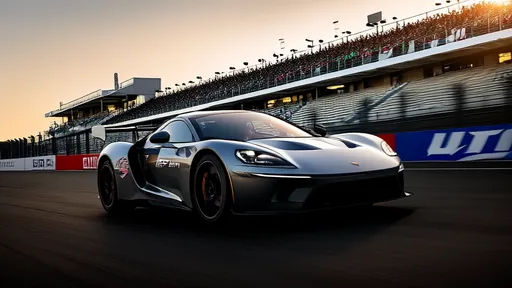
By /Jun 14, 2025
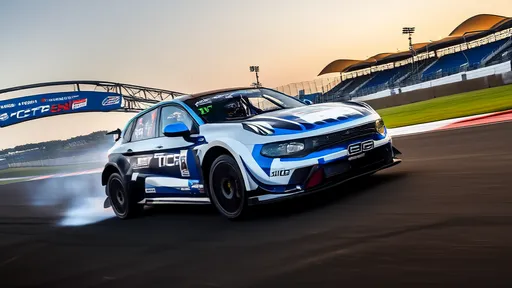
By /Jun 14, 2025
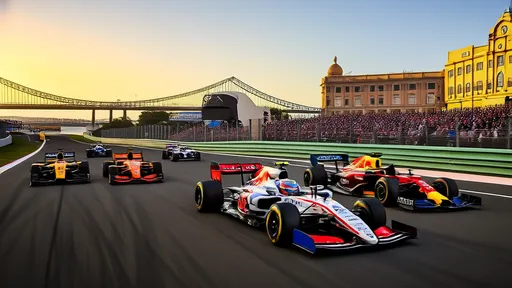
By /Jun 14, 2025
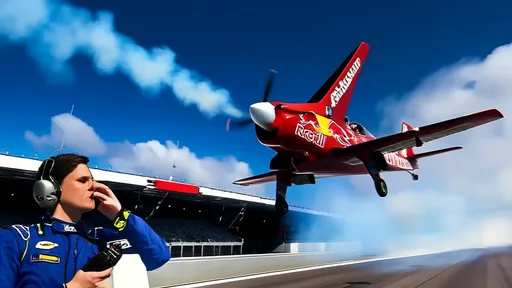
By /Jun 14, 2025
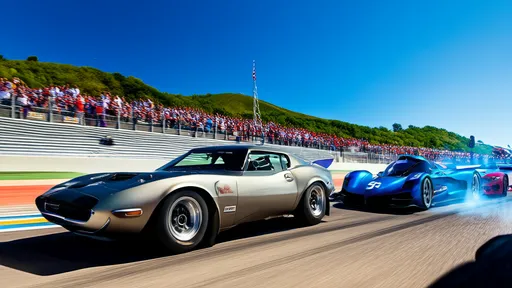
By /Jun 14, 2025
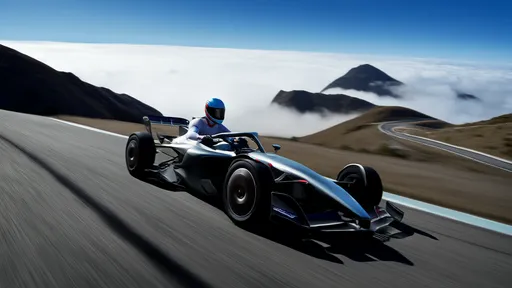
By /Jun 14, 2025

By /Jun 14, 2025
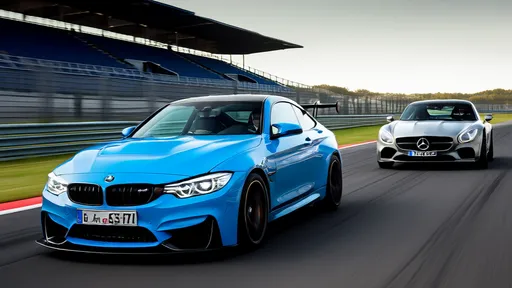
By /Jun 14, 2025
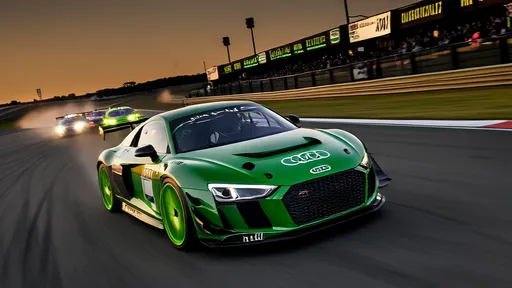
By /Jun 14, 2025

By /Jun 14, 2025

By /Jun 14, 2025
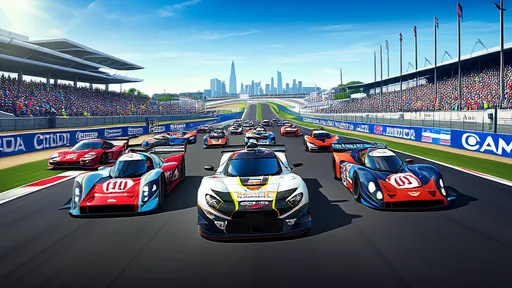
By /Jun 14, 2025
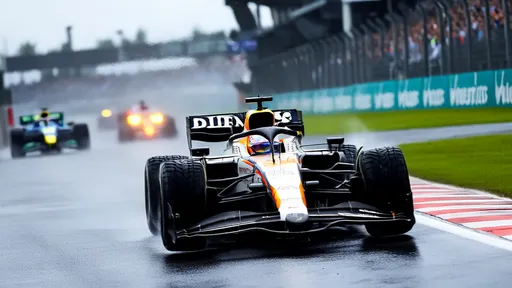
By /Jun 14, 2025
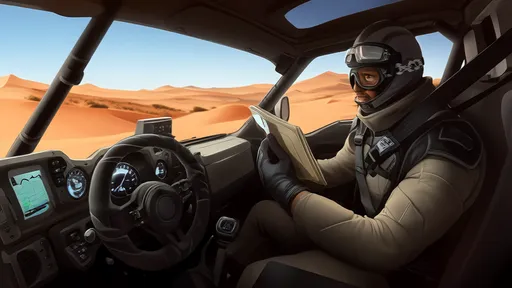
By /Jun 14, 2025
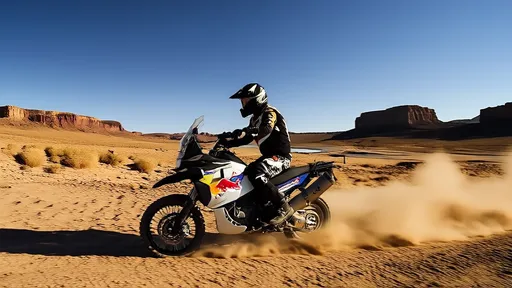
By /Jun 14, 2025

By /Jun 14, 2025
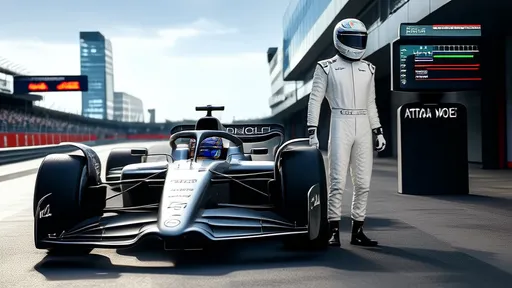
By /Jun 14, 2025